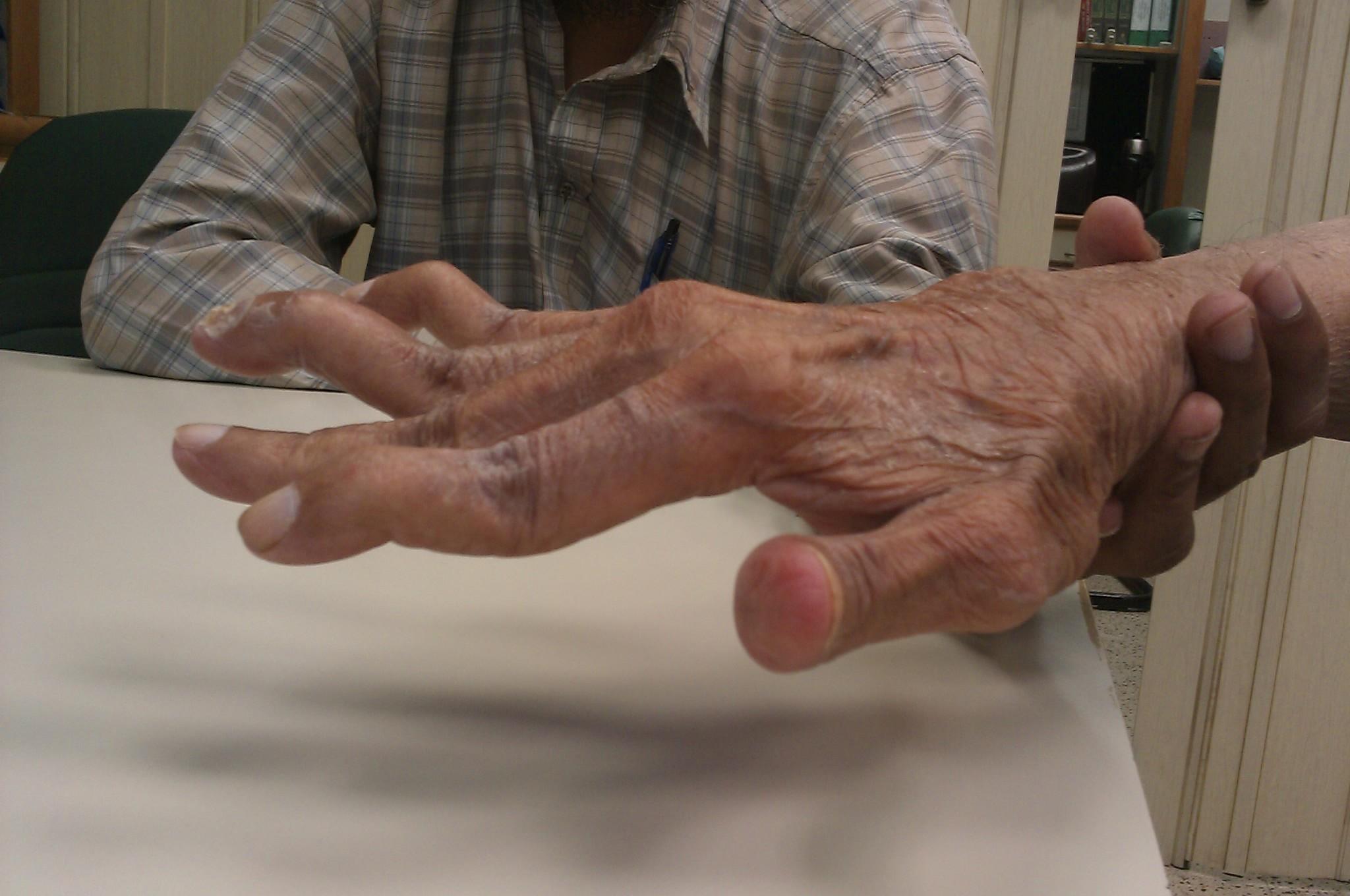Swan Neck Deformity of the Finger

Overview
Swan Neck Deformity of the finger is a condition characterized by unusual bending or flexing of the finger joints causing a distinct shape that resembles the neck of a swan. This condition is quite common, especially among individuals with conditions that affect joint health such as rheumatoid arthritis.
Types
There are no specific subtypes of Swan Neck Deformity. However, the severity and occurrence of the condition may vary. The deformity could occur in one or more fingers depending on the underlying cause.
Causes
Swan Neck Deformity typically results from an imbalance in the muscles and ligaments that control finger movements. This can be caused by:
-
- Arthritis, particularly rheumatoid arthritis that causes inflammation in joints
-
- Trauma or injury to the finger
-
- Genetic conditions that affect the joint or connective tissue, such as Ehlers-Danlos syndrome
Symptoms
The primary symptom of Swan Neck Deformity is the distinctive abnormal bending of the finger, which causes the base and tip of the finger to bend towards the palm while the middle joint extends away. Other associated symptoms may include:
-
- Pain or discomfort in the affected finger, particularly when bending or moving it
-
- Stiffness or loss of flexibility in the finger
-
- Difficulty performing tasks requiring fine motor skills, like buttoning a shirt
Diagnosis
Diagnosis of Swan Neck Deformity typically involves a physical examination by a healthcare provider who may assess the shape and flexibility of the affected finger. Medical history is also a crucial component of the diagnosis, particularly in identifying any underlying conditions that might trigger the deformity like rheumatoid arthritis.
Treatment Options
Treatment options for Swan Neck Deformity emphasize restoring function and reducing discomfort. These can range from conservative non-surgical approaches to surgical intervention, depending on the severity.
-
- Conservative treatments: These include physical or occupational therapy, splinting to protect and rest the affected finger, and exercises aimed at strengthening the finger and improving its flexibility.
- Medications: Non-steroidal anti-inflammatory drugs (NSAIDs) or corticosteroid injections may be used to manage pain and inflammation.
- Surgical intervention: If conservative treatments aren’t effective, surgery may be an option. Surgical procedures may involve realigning the joint, releasing or tightening ligaments, or in severe cases, joint replacement.
Living With Swan Neck Deformity of the Finger
Managing Swan Neck Deformity involves a combination of treatments and lifestyle modifications. By keeping up with physical therapy exercises and wearing finger splint as directed by the healthcare provider, symptoms can be significantly reduced. Pain management strategies, like the use of heat or cold packs, can be valuable at home. In some cases, modifications to daily activities or adaptations like using assistive devices can help maintain a normal routine without exacerbating the condition.
When to Seek Help
Immediate medical attention should be sought if:
-
- The deformity suddenly worsens or extends to other fingers
-
- The finger feels numb or tingly
-
- The pain becomes unbearable or there’s a considerable decrease in finger functionality
Seeking prompt medical help ensures that suitable treatments are started early, potentially averting further complications or surgical intervention. Remember, your healthcare provider is the best source of advice for any health-related concerns.
